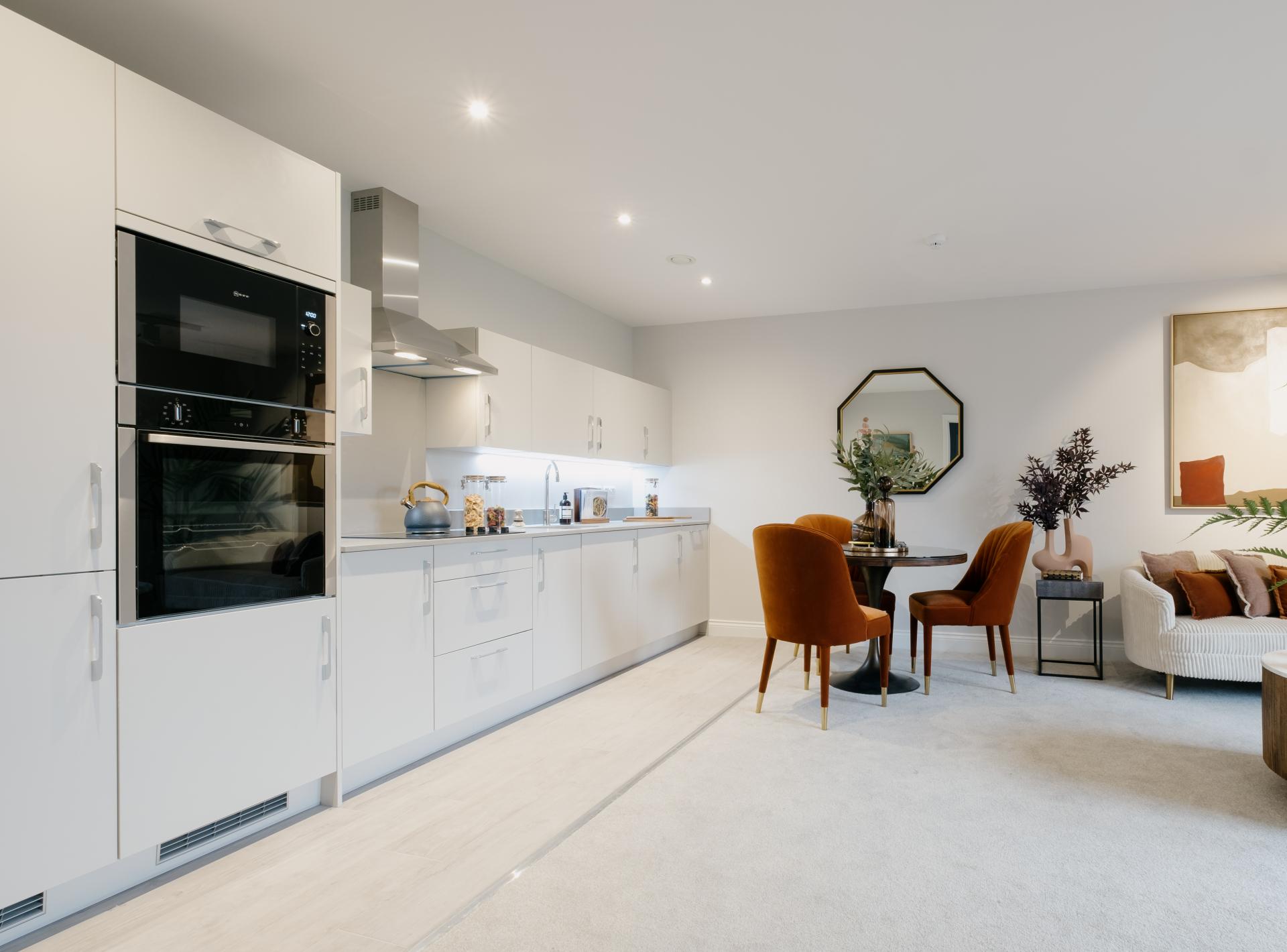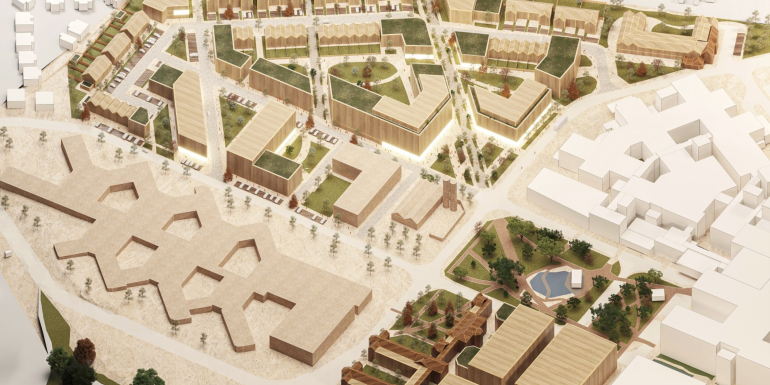
We know that the creation of facilities that enable residents to age in place, as well as delivering Environmental, Social and Governance (ESG) outcomes, are high on the agendas of Integrated Retirement Communities (IRCs). Inclusive design is a key component that will help the sector to future-proof developments and deliver associated social and commercial benefits.
Why is inclusive design important?
Inclusive design seeks to create buildings and spaces that welcome everyone. It aims to remove the barriers that create undue effort and separation, and enables everyone to participate equally, confidently, and independently in everyday activities. In IRCs, inclusive design:
- Enables residents to age in place, supporting people with visible and invisible disabilities that may progress as they age
- Creates uplifting environments that improve residents’ sense of wellbeing and belonging
- Creates accessible private and communal areas that promotes social inclusion and reduce loneliness
- Reduces expensive retrofits by creating buildings that can quickly and easily adapt
- Delivers the social element of ESG
Inclusive design principles
Inclusive design covers a person’s entire experience with the built environment, including:
- Arrival and parking
- The entrance to the building
- Clear wayfinding and signage
- Materials and pattern
- Visual contrast
- Acoustics and lighting
- Space and privacy considerations for carer support
Design-led accessible products
Cleverly selected accessible products will enhance wellbeing and independence for residents, staff, and visitors. Accessible does not have to mean clinical, as well-designed accessible spaces can match the design intent of a building. For example, a carefully designed accessible bathroom can also create a calming ‘spa’ look and feel as well as delivering enhanced access.
Some examples of design-led accessible products that help achieve this and can adapt to resident’s evolving needs span:
- Grab rails in attractive finishes like matt black that can also be removable
- Fold-away wall-mounted shower seats
- Long projection toilets to aid wheelchair transfers
- Wall mounted basins with space to use from seated with discreet hand-grips
- Lever mixer taps that require minimal strength and dexterity and feature clear temperature markings
- Emergency push button call alarms, rather than red pull cords
- Ceiling track hoists subtly concealed in light fittings and stored within built-in storage
Embedding inclusive design early in the design process
Embracing inclusive design from the outset enables the incorporation of clever, more discreet solutions and the greatest flexibility in the design process. However, significant improvements to accessible and inclusive design can be made on refurbishment projects when the right design advice is inputted at the right stage of the project. One example of this is Trinity Lodge assisted living rental apartments, managed by Augustinian Care at St George’s Park.
Trinity Lodge, Augustinian Care at St Georges Park
Designed to enable retirees to remain as independent as possible for as long as possible, Motionspot oversaw the accessible design of Trinity Lodge’s apartment kitchens and bathrooms as well as communal bathrooms and toilet facilities from early in the design process. Being able to input at both concept and technical design stages has resulted in design-led, adaptable apartment bathrooms and kitchens that prove accessible design can be successfully applied to retrofits and refurbishments when accessible design thinking is incorporated at the earliest stage of the project. Read the full case study here
Philip Smith, CEO, Augustinian Care said: “The future-proofed apartments and communal areas at Trinity Lodge are as beautiful as they are functional and will be a pleasure for our residents to use as they age in place.” This is testament to how inclusive design can help IRCs facilitate ageing in place and deliver associated social and commercial benefits and ESG outcomes.







